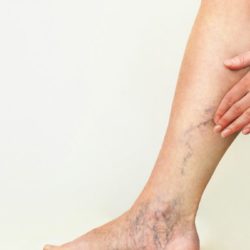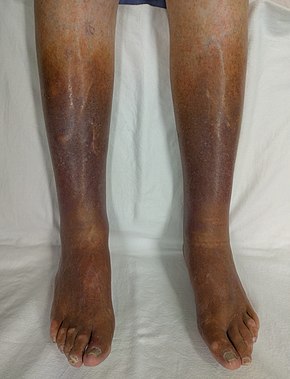How to reduce bruising and swelling after vein treatment
LJVascular2022-06-25T16:45:43-07:00One way to reduce bruising after surgery
One of the most common side effects after surgery is bruising. Whether it is due to plastic surgery or vein surgery, bruising and swelling are inevitable. One of the most powerful tools that we recommend for patients undergoing any type of surgery is RECOVA post surgery cream.
Dr Nishe Bunke created RECOVA cream as a post surgical recovery cream specifically designed to reduce bruising, swelling, redness, and pain. RECOVA skin creams are packed with antioxidants and natural ingredients that promote healing and reduce inflammation.
RECOVA cream aids in reducing pain, swelling, and discoloration after cosmetic surgery, injections, and procedures, laser treatments, varicose vein procedures, Sclerotherapy, minor injuries, and easy bruising.
Our patients at La Jolla Vein Care have seen quick transformation post procedures. The combination of natural ingredients in RECOVA cream helps aid in quicker recovery.
The powerful ingredients that help reduce bruising included in RECOVA are listed below:
Arnica Montana is a flower extract that helps with inflammation, swelling, and bruise recovery.
Grapeseed Oil has numerous benefits and includes numerous vitamins such as vitamin E. It is a flavonoid that aids in chronic venous insufficiency, varicose veins, and edema.
Bromelain is an enzyme that is a natural remedy for inflammation and swelling.
Horse Chestnut is used to improve poor blood circulation, reduce swelling, and for varicose vein symptoms.
Caprylhydroxamic Acid is an amino acid derived from coconut oil used as a gentle preservative that ensures product safety and longevity.
Witch Hazel is used for swelling and inflammation. It is used to shrink varicose veins and hemorrhoids as well as reduce rosacea and clear redness of the skin.
Butcher’s Broom is used for natural anti-inflammatory properties. It is used to reduce swelling and reduce varicose vein symptoms.
Sunflower Seed Oil is packed with vitamins A, E, C, and D.
Menthol is not present in the tinted RECOVA, since Tinted Arnica is often used around the eyes.
The combination of these ingredients contributes to an overall comforting and healing sensation when applied to the skin.
RECOVA is a tool that stands out due to its natural ingredients that aid in venous disease symptoms. RECOVA is hypoallergenic, and non comedogenic. RECOVA is also free of parabens, phthalates, preservatives, synthetic additives, and dyes, and never tested on animals.
Patients have used RECOVA cream after vein procedures and have seen quick and lasting results. We recommend physicians offer this for patients if they complain of redness, itching, and bruising after their procedures. RECOVA offers immediate soothing relief of discomfort for our patients.
Check out RECOVA online for more information and to purchase RECOVA tinted arnica cream and RECOVA post surgery cream.






